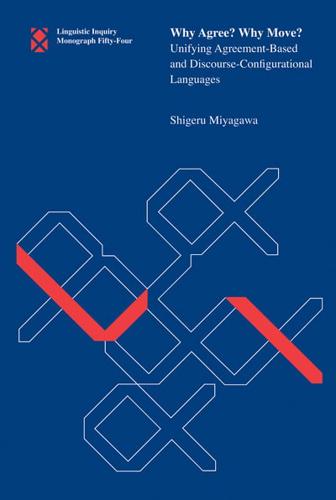Publisher's Synopsis
An unusual property of human language is the existence of movement operations. Modern syntactic theory from its inception has dealt with the puzzle of why movement should occur. In this monograph, Shigeru Miyagawa combines this question with another, that of the occurrence of agreement systems. Using data from a wide range of languages, he argues that movement and agreement work in tandem to achieve a specific goal: to imbue natural language with enormous expressive power. Without movement and agreement, he contends, human language would be merely a shadow of itself, with severe limitation on what can be expressed. Miyagawa investigates a variety of languages, including English, Japanese, Bantu languages, Romance languages, Finnish, and Chinese. He finds that every language manifests some kind of agreement, some in the form of the familiar person/number/gender system and others in the form of what Katalin É. Kiss calls "discourse configurational" features such as topic and focus. A key proposal of his argument is that the computational system in syntax deals with the wide range of agreement types uniformly--as if there were just one system--and an integral part of this computation turns out to be movement. Why Agree? Why Move? is unique in proposing a unified system for movement and agreement across language groups that are vastly diverse--Bantu languages, East Asian languages, Indo-European languages, and others.












